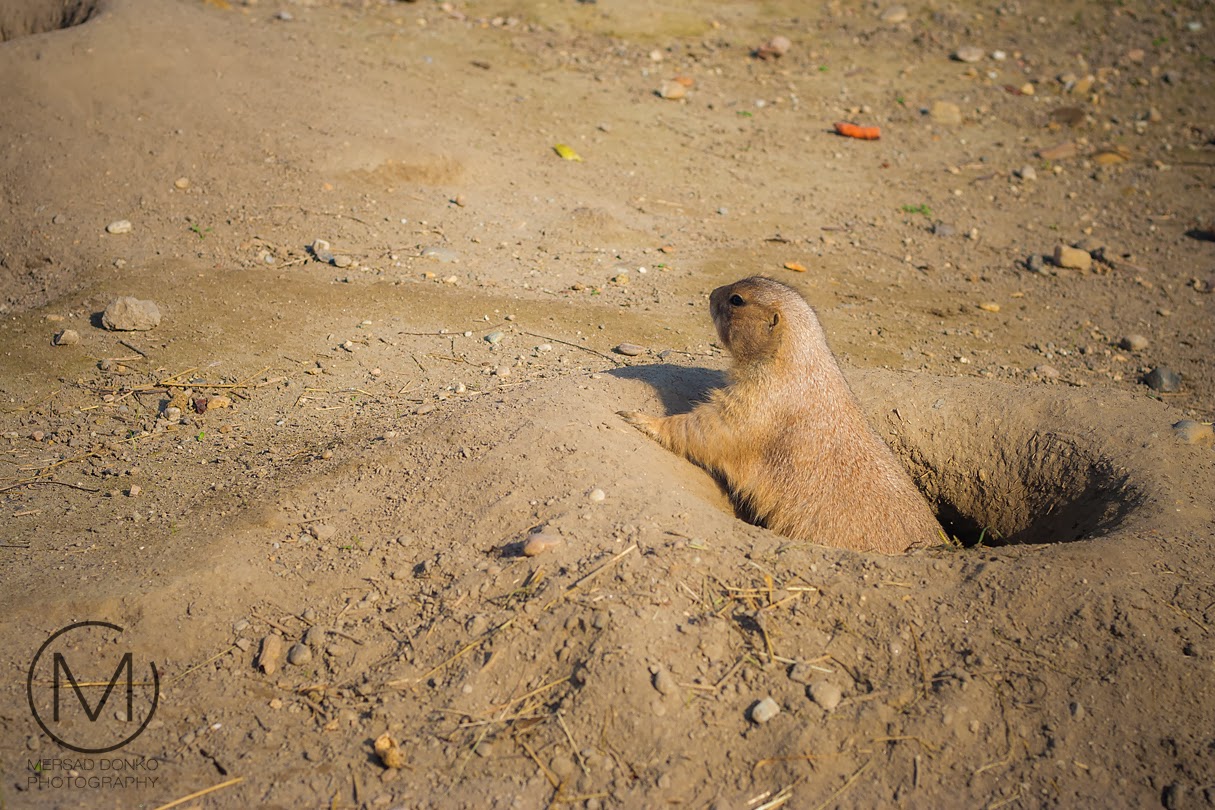Part two of our journey through Budapest, takes us to the City Park of Budapest, where there is lots to discover. On the entrance to the Park you can see the Heroes Square, and deeper in the Park there is the Vajdahunyad Castle. Then, on the west side of the Park you'll find the City Zoo, where we spent a couple of hours.
This Series includes:
Part One: Visiting Buda Castle and Fisherman's Bastion
Part Two: Visiting Heroes Square, City Park and the Zoo
Part Three: A Night in Budapest (1)
Part Four: A Night in Budapest (2)
Part Five: Visiting Great Market Hall and roaming the city
Part Six: Visiting the Hungarian Parliament
This Series includes:
Part One: Visiting Buda Castle and Fisherman's Bastion
Part Two: Visiting Heroes Square, City Park and the Zoo
Part Three: A Night in Budapest (1)
Part Four: A Night in Budapest (2)
Part Five: Visiting Great Market Hall and roaming the city
Part Six: Visiting the Hungarian Parliament
click on the images for a bigger view
The Vajdahunyad Castle is a castle in the City Park. It was built between 1896 and 1908, as part of the Millennial Exhibition which celebrated the 1000 years of Hungary. The castle represents in three dimensions the thousand year old history of Hungarian architecture, and therefore it is a display of different styles including Romanic, Gothic, Renaissance and Baroque
Vajdahunyad Castle, thought by many the home of Count Dracula, was once a part of the Hungarian state (the Austro-Hungarian Empire), called the King of Castles. Thus it was chosen in 1896 to represent the best example of Hungarian Gothic. There is even a bust of the Hungarian actor Bela Lugosi, who played Dracula in the 1931 movie, but I didn't get a shot of it.
This next image shows me in front of the Statue of Anonymus, inside the Castle. He was the notary and chronicler of a Hungarian King, probably Béla III. Little is known about him. Anonymus is most famous for his work Gesta Hungarorum ("The Deeds of the Hungarians"), written in Latin around 1200. This work provides a detailed history of the arrival of the Hungarians to the Carpathian Basin- But since it's unknown to witch king he belonged, his true identity is still unknown.
The next statue we discovered was that of Grof Károlyi Sándor. He was a Hungarian politician and founder of the hospital of the Hungarian Academy of Sciences.
The exact replica of the Portal of the Church of Jak shows the characteristic church gates of the 11th and 12th century, already blending in with the Gothic style where the portal was the main location for adding sculpted figures and images of the Bible. The Church of Jak village is located in western Hungary, near the Austrian border, and is in fact a huge basilica, which cannot be seen in the Vajdahunyad Castle where only the fascinating gate was copied rather than the whole building.
Upon exiting the Castle, the Park leads you to our next destination, the City Zoo.
Baby Kangaroos sleeping in the warm glow of the midday sun:
Hősök tere (meaning "Heroes' Square") is one of the major squares of Budapest. The central site of the hero's square, as well as a landmark of Budapest, is the Millennium Memorial (also known as Millennium Monument or Millenary Monument) with statues of the leaders of the seven tribes that founded Hungary in the 9th century and other outstanding figures of Hungarian history.
This was a rather large post with many images, but since I really have much to show, I have to post a lot. Hopefully you won't mind looking through them all. The next part of this series will focus on a magnificent night out in Budapest, when the city really comes to life!























0 comments:
Post a Comment